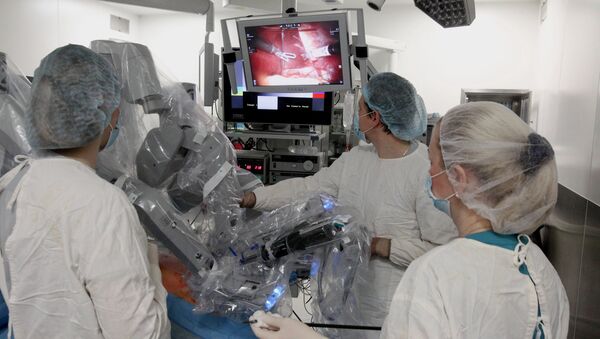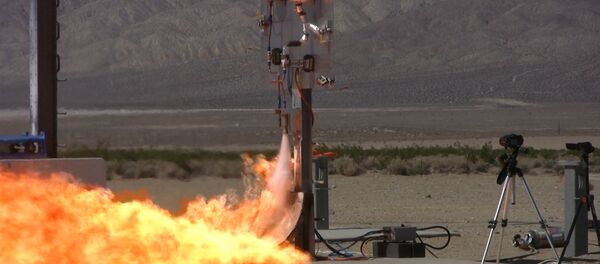The seahorse's unusual skeletal structure has attracted the attention of robot researchers, who say that the sea creature may provide them with some tips on how to design hardy and yet flexible machines.
"Human engineers tend to build things that are stiff so they can be controlled easily. But nature makes things just strong enough not to break, and then flexible enough to do a wide range of tasks. That's why we can learn a lot from animals that will inspire the next generations of robotics," assistant professor at the College of Engineering at Oregon State University Ross L. Hatton stressed, as cited by LiveScience.
According to the scientist, the structure of the tail provides the seahorse with "adequate dexterity and a tough resistance to predators, but it also tends to snap naturally back into place once it's been twisted and deformed."
"This could be very useful for robotics applications that need to be strong, but also energy-efficient and able to bend and twist in tight spaces," Ross Hatton stressed.
3D printed Seahorse tails to help build flexible #robots and body-armors #3dprinting http://t.co/zba94HlS1x pic.twitter.com/FLfOzGQSld
— Alvin Hughes (@makernewshub) 4 июля 2015
Hatton elaborated that by mapping out the unique structure of the seahorse's tail and using 3D printing, scientists may find new interesting solutions for robotics.
Led by Michael Porter, an assistant mechanical engineering professor at Clemson University in South Carolina, a group of researchers made a simple 3D model of the tail and carried out a number of experiments with it.
Inspired by the results of their research work, scientists say that the seahorse's tail has provided them with bold new ideas which could soon be implemented in the robotics industry.




